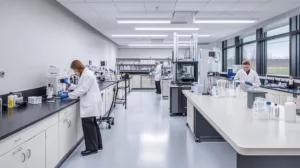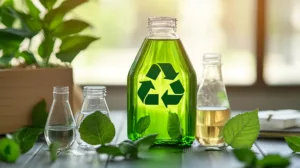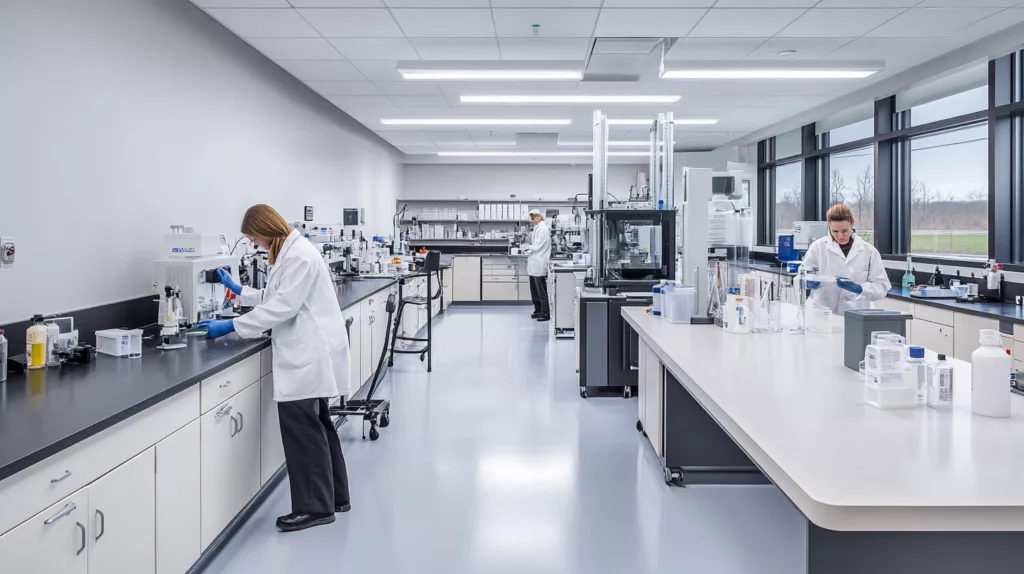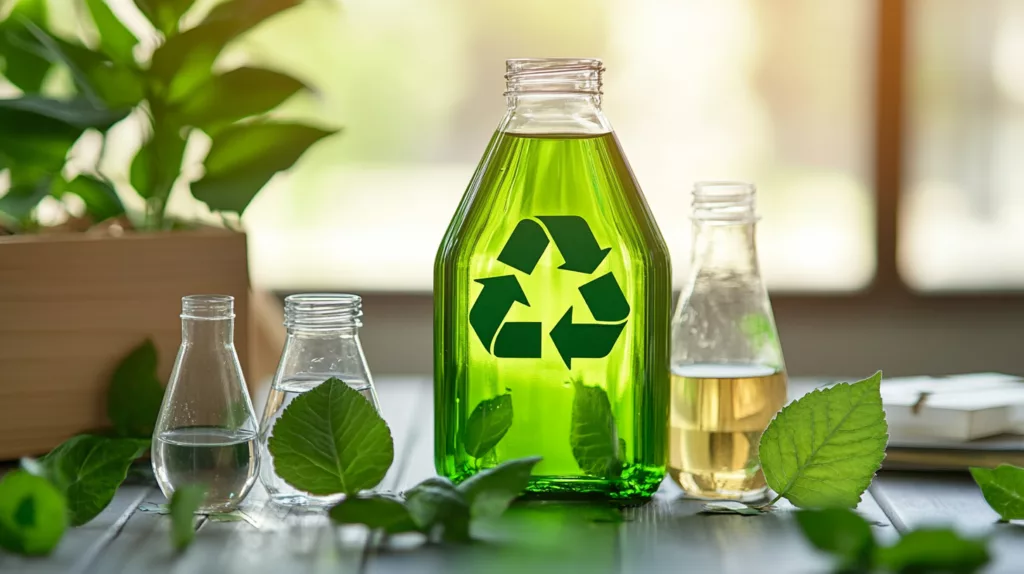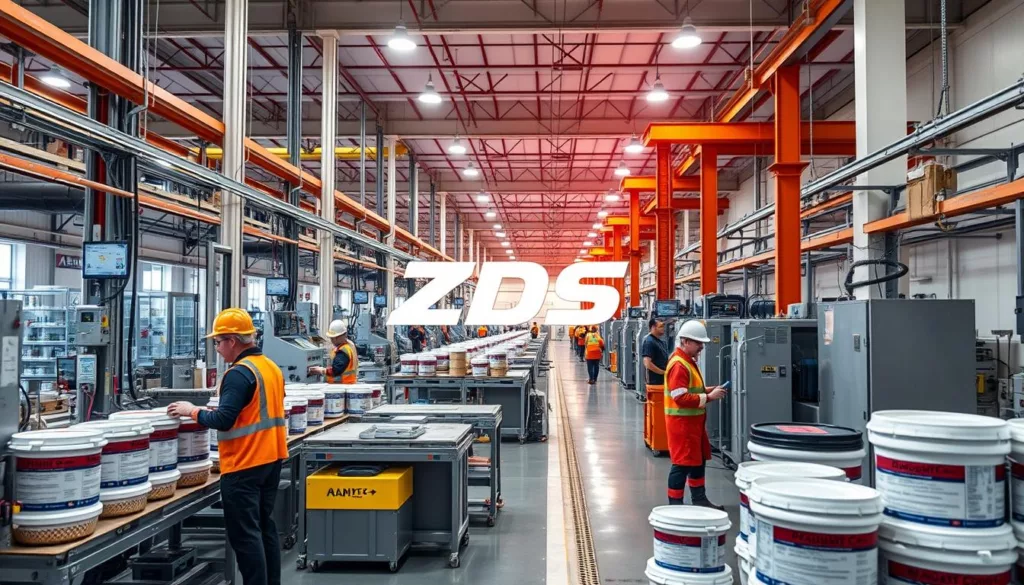Best Automotive Adhesive play a crucial role in vehicle maintenance and customization. From repairing cracked components to securing trims, the right adhesive can save you time and money. Selecting the best product depends on factors like material compatibility, temperature resistance, and bonding strength. Whether you’re a professional mechanic or a DIY enthusiast, understanding these options is essential for successful repairs.
![]()
Why Automotive Adhesives Are Essential
Automotive adhesives are specifically designed to withstand the rigors of vehicle use. They provide durable bonds, often replacing traditional mechanical fasteners. These products work on diverse materials, including metals, plastics, and glass, making them versatile for a range of automotive applications. Moreover, modern adhesives enhance vehicle aesthetics by enabling seamless repairs without visible screws or welds.
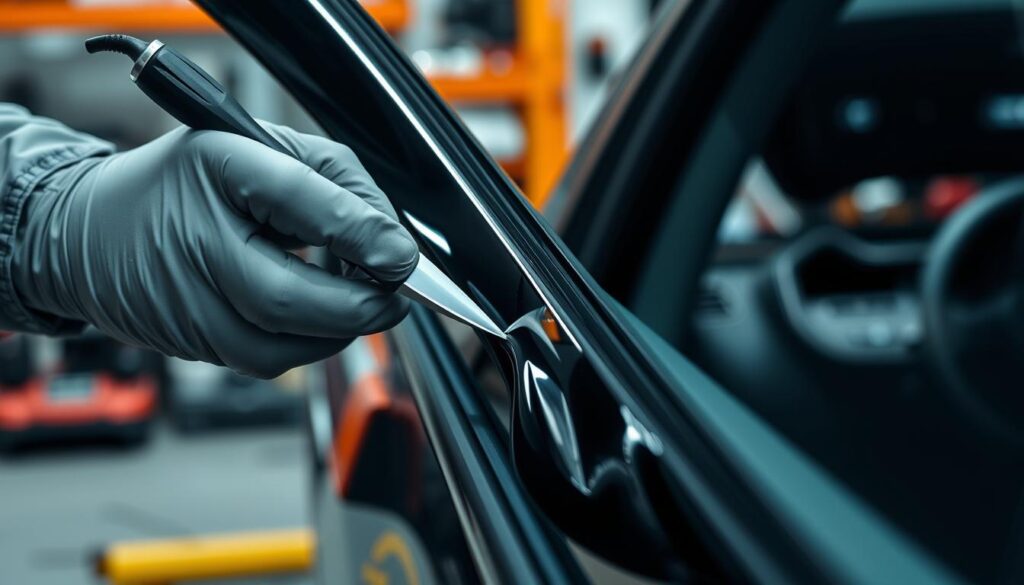
Top Factors to Consider in Automotive Adhesives
Material Compatibility
The first consideration is the type of material you’re working with. Adhesives that bond effectively to metal may not work well on plastics or glass. Always check the product’s specifications to ensure compatibility.
Strength and Durability
For structural repairs, an adhesive’s strength is paramount. Epoxy adhesives and polyurethane options often provide the high strength needed for critical repairs.
Temperature Resistance
Vehicles are exposed to extreme temperatures, from engine heat to winter frost. Adhesives with high-temperature resistance prevent bond failure under these conditions.
Curing Time
Faster-curing adhesives are convenient for quick repairs, but some situations may require products with longer curing times for enhanced bond strength.
Resistance to Vibration and Impact
Automotive components endure constant vibration and shock. Adhesives must maintain their bond integrity even under stress.
Best Automotive Adhesive Options
Epoxy Adhesives
Epoxy adhesives are two-component systems known for their exceptional bonding strength and versatility. These adhesives are ideal for repairing structural components like chassis parts or mounting brackets. Products like JB Weld and Loctite Epoxy Weld are trusted names in this category.
Polyurethane Adhesives
Polyurethane adhesives are flexible and durable, making them suitable for bonding materials with different expansion rates, such as glass and metal. A popular choice is 3M Panel Bonding Adhesive, widely used in professional auto body shops.
Acrylic Adhesives
Acrylic adhesives offer excellent bonding on plastics and composites. They are also fast-curing, which makes them perfect for attaching interior trims or repairing bumper covers.
Silicone Adhesives
For sealing applications, silicone adhesives shine. They provide strong waterproof bonds and can handle temperature fluctuations, making them ideal for windshield installation and sealing leaks.
Cyanoacrylate (Super Glue)
Cyanoacrylate adhesives, commonly called super glue, are excellent for quick fixes on smaller components. However, they are not suited for structural repairs due to their brittleness.
Applications of Automotive Adhesives
Windshield Repairs
Silicone or urethane adhesives are commonly used for windshield installation. These products ensure a watertight and durable seal.
Body Panel Bonding
Epoxy and polyurethane adhesives are perfect for bonding body panels, providing a seamless finish without visible fasteners.
Plastic Repairs
Acrylic and epoxy adhesives are highly effective for repairing cracked plastic bumpers, dashboards, and other interior components.
Metal-to-Metal Bonding
For applications like fixing broken brackets or attaching metal trims, epoxy adhesives deliver unmatched strength.
Sealing Leaks
Silicone adhesives excel in sealing leaks around doors, windows, or roof panels, ensuring your vehicle remains watertight.
How to Use Automotive Adhesives Effectively
- Surface Preparation: Clean and sand the surfaces to remove dirt, grease, or paint. Proper preparation ensures optimal bonding.
- Application: Apply the adhesive evenly, following the manufacturer’s instructions. Use clamps if necessary to maintain pressure during curing.
- Curing Time: Allow adequate curing time for the adhesive to reach its full strength. Avoid stressing the bond prematurely.
Common Mistakes to Avoid
- Using the Wrong Adhesive: Ensure the adhesive matches the materials and application requirements.
- Skipping Surface Preparation: Improper surface prep can lead to weak bonds.
- Overapplying Adhesive: Excess adhesive can cause mess and reduce bond effectiveness.
- Ignoring Temperature and Humidity: Apply adhesives under recommended conditions for best results.
FAQs
What is the strongest adhesive for automotive repairs?
Epoxy adhesives are often considered the strongest option due to their high tensile strength and durability.
Can super glue be used for automotive repairs?
Super glue is suitable for small, non-structural repairs but is not recommended for critical applications.
Are automotive adhesives waterproof?
Many automotive adhesives, especially silicone and polyurethane varieties, are waterproof and suitable for sealing applications.
How do I remove old adhesive from my car?
Use adhesive removers or solvents like acetone, followed by gentle scraping or sanding to clean the surface.
Can adhesives replace welding in automotive repairs?
In some cases, high-strength adhesives like epoxies can replace welding, especially for non-load-bearing joints.
Do adhesives work in extreme temperatures?
Yes, many automotive adhesives are designed to withstand extreme temperatures, but it’s essential to check the product specifications.
Conclusion
Choosing the best automotive adhesive ensures lasting repairs and enhances your vehicle’s performance and aesthetics. Whether you need a quick fix or a heavy-duty solution, products like epoxies, polyurethanes, and silicones cater to various needs. By considering factors such as material compatibility, strength, and temperature resistance, you can confidently tackle any automotive adhesive challenge. For reliable and professional results, always follow the manufacturer’s guidelines and invest in high-quality adhesives tailored to your specific application.



